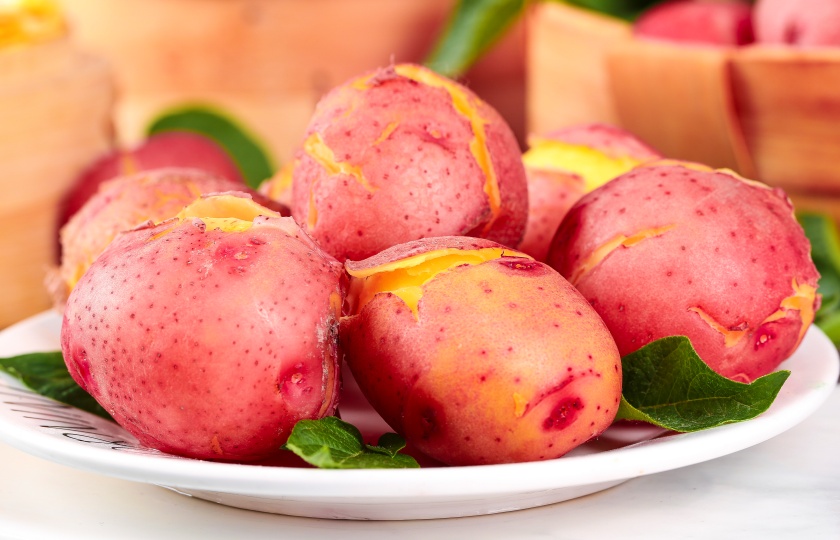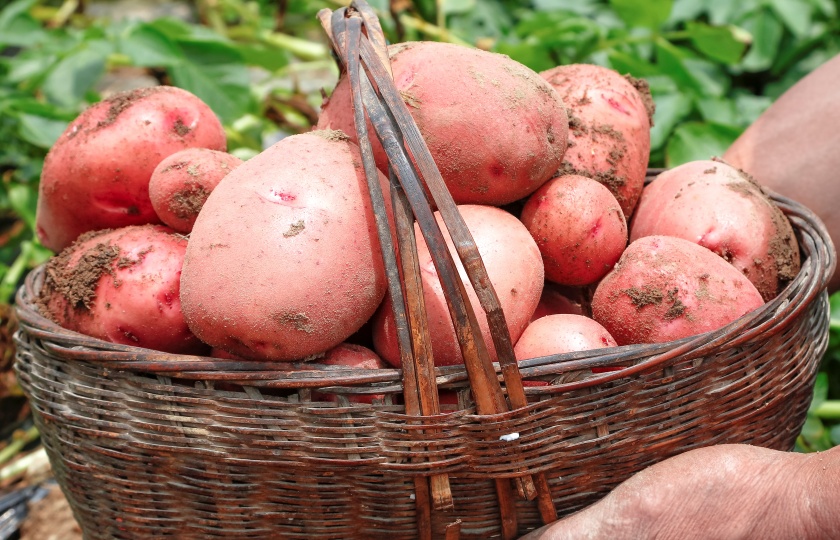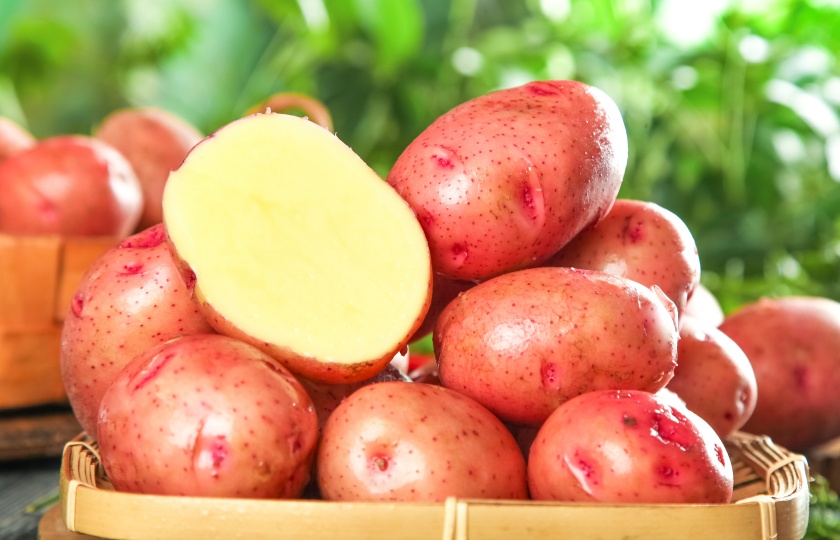When Not to Use Red Potatoes: Avoiding Common Cooking Mistakes

Kitchen novices are eager to try. Red-skinned potatoes are often the first choice. Little do they know that for some cooking methods, avoiding them is the first step to successful cooking.
When are red potatoes not the best choice for cooking?
When making French fries and potato chips.
The starch content of red potatoes is lower than that of potato varieties specifically used for making French fries and potato chips. Moreover, they have more moisture. If used for frying, it is difficult to achieve that crispy texture. The French fries and potato chips fried from red potatoes are often soft. So it is not a good choice to use red potatoes at this time.
When making mashed potatoes.
Although red potatoes also have a soft texture, compared with some potatoes with high starch content, the mashed potatoes made from red potatoes are not as fine in texture. If you want to make mashed potatoes as fine as cream, red potatoes are not suitable.
When stewing for a long time.
Red potatoes are prone to becoming soft and broken during long periods of stewing. If making stewed dishes and hoping that the potato pieces can still maintain a complete shape after long periods of stewing, then red potatoes are not a good choice. It is better to choose potato varieties with a firmer texture.
What are red potatoes best for?
Cold dishes.
Red potatoes have a relatively soft texture. After being cooked, cut them into small pieces or slices and use them to make cold potato dishes. Add an appropriate amount of vinegar, light soy sauce, minced garlic, coriander and other seasonings and mix well. They taste refreshing and delicious. Moreover, the soft texture can also absorb the flavors of seasonings well, and the flavor is quite good.
Stewed dishes.
Red potatoes are also a good choice in stewed dishes. Although they are prone to becoming soft and broken during long periods of stewing, because of this, the soup of stewed dishes can become thicker and absorb the flavors of other ingredients. For example, when making beef stewed with potatoes, red potatoes can fully blend with the flavor of beef and make the whole dish more flavorful.
Baking.
Wash the whole red potato cleanly, prick some small holes with a fork, brush with oil, sprinkle seasonings such as salt and black pepper, and bake it in the oven. The baked red potato has a crispy skin and a soft interior, with a unique flavor. It is quite delicious to be used as a side dish or eaten directly.
Making soup.
This can be done when making vegetable soup or meat soup. As it is being cooked, the red potato will gradually become soft and blend into the soup. In this way, the thickness of the soup can be increased, and there will be a unique potato fragrance. The overall taste of the soup will also become better.

When should you throw out red potatoes?
When the skin turns green or black:
If the skin of red potatoes turns green or black, it is mostly caused by light exposure or incorrect storage methods. You should know that the green part contains solanine, which is a toxin harmful to health. If the greening is not serious, you can cut off that part and still eat it. But once the situation is serious, don't hesitate and just throw it away directly.
When there are mold spots on the surface, extensive softening, or a strange smell inside:
If there are mold spots on the surface of red potatoes, or extensive softening occurs, or a strange smell is emitted from inside. This is obviously spoilage and definitely cannot be eaten anymore. It must be thrown away quickly.
In case of sprouting:
If the potato only sprouts, and the skin and interior are still quite hard and there is no strange smell, the sprouts can be cut off and then eaten. But if the sprouts grow extremely vigorously, throwing it away is a better choice. Otherwise, there may be health risks if you eat it.
What are the differences in taste and texture between red potatoes and russet potatoes?
In terms of taste:
Red potatoes are soft, waxy, and dense, with a faint sweet taste. Whether eaten directly or used in cooking, the soft and waxy texture is quite obvious.
Tawny potatoes are more powdery. For example, when making mashed potatoes, one can feel the sandy powdery texture. They are not as soft and waxy as red potatoes. When eaten, they have a relatively solid and mellow taste.
In terms of texture:
Red potatoes are relatively firm. However, if cooked for a long time through methods like stewing, they easily become soft and broken, and it is difficult to maintain their shape during cooking.
Tawny potatoes have a more compact and dense texture. They can maintain their shape well even after long cooking. When used as potato chunks in stewed dishes, they will not easily become mushy and can maintain a relatively complete block shape.

Are red potatoes good for potato salads?
Red potatoes are quite suitable for making potato salad.
Red potatoes themselves have a soft and waxy texture. After being cooked, the texture is fine. When used to make potato salad, it can easily blend with other ingredients such as ham, cucumber, and corn kernels. Moreover, the soft and waxy characteristic also makes it convenient to use tools such as spoons for stirring and pressing operations, making the overall texture of the salad more uniform.
In addition, red potatoes have a hint of faint sweetness. After being made into potato salad, it can add a different flavor on the basis of the original salty, fragrant, and refreshing tastes of the salad, making the flavor of the potato salad more layered and more delicious to eat.
Can red potatoes be used for frying?
Although red potatoes can be fried, the effect is not as good as that of other potatoes. Since red potatoes have a relatively low starch content and belong to waxy potatoes, although the skin can become crispy after frying, the internal texture will not be as fluffy and soft as that of high-starch potatoes, but rather more firm.
If red potatoes are to be fried, they can be cut into thin slices or small pieces, such as making potato chips or small fried potato chunks. This can avoid the interior being too hard. At the same time, blanching them in hot water before frying can help improve the texture.























